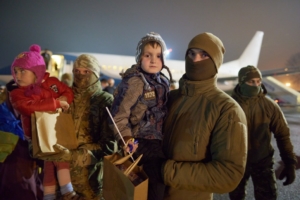 In April 2022, the U.S. government began the Uniting for Ukraine program. This allows Ukrainians with financial sponsorship to temporarily live in the United States and take refuge from ongoing war conditions. This program covers those who lived in Ukraine when the war began and fled to other countries. Applicants must have a supporter in the United States who will “agree to provide them with financial support for the duration of their stay in the [country].”
In April 2022, the U.S. government began the Uniting for Ukraine program. This allows Ukrainians with financial sponsorship to temporarily live in the United States and take refuge from ongoing war conditions. This program covers those who lived in Ukraine when the war began and fled to other countries. Applicants must have a supporter in the United States who will “agree to provide them with financial support for the duration of their stay in the [country].”
About the Program
In addition to financial sponsorship, the Uniting for Ukraine program guarantees the right to work and residence for up to two years according to the U.S. Department of Homeland Security. While U.S. President Biden promised protection for 100,000 Ukrainians through this program, the actual number of Ukrainians supported will depend on the number of willing financial sponsors in the United States.
Applicants must be Ukrainian citizens or immediate family members of a Ukrainian citizen who is applying to the program. The U.S. Citizenship and Immigration Services states that children without a legal guardian cannot apply for this program, but may apply for a separate parole process if they have a parent or guardian already in the United States.
One limitation is that individuals seeking sanctuary must cover for their own travel costs to the United States. However, there is a 90-day grace period to travel after an application has been authorized.
War Struggles
The current economic situation in Ukraine is dire. In March 2022, the UNDP projected that “90% of the Ukrainian population could be facing poverty” over the course of a year if the Russian invasion continued. Although the United Nations is doing its best to help, the damage inflicted on Ukraine can be measured in hundreds of billions of dollars and will continue to rise as the war continues.
The number of Ukrainians forced to leave their home country is equally dramatic. In 2020, the population of Ukraine was 44.13 million. As of August 18, the UNHCR recorded 6,657,918 Ukrainian refugees. This means at least 13.6% of the country’s population was forced to flee elsewhere with the majority moving to the neighboring countries of Russia and Poland.
And of these refugees, 3.74 million of them are registered under the European Union’s Temporary Protection Directive, which provides benefits such as housing, the right to work and health care.
Support From Overseas
While the Uniting for Ukraine program is not as comprehensive as the EU directive, it still acts as a way for the United States to aid Ukrainians who would otherwise be suffering. This program hopefully signals that the U.S. will provide more direct support to refugees in the future. For now, U.S. residents willing and able to be a supporter can find the relevant form on the Citizenship and Immigration Services website.
– Henry Bauer
Photo: WikiCommons
 Civilians across Libya face a unique challenge in their daily lives: avoiding landmines. Both the United States and the European Union remain committed to building a safe community for Libyan civilians by working with groups pursuing demining in Libya.
Civilians across Libya face a unique challenge in their daily lives: avoiding landmines. Both the United States and the European Union remain committed to building a safe community for Libyan civilians by working with groups pursuing demining in Libya.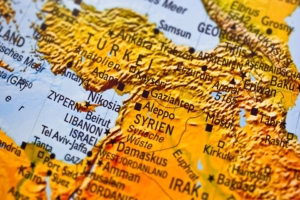 Proxy wars are one of the major categories of conflict that contribute to humanitarian crises around the world. The war can take place between multiple countries, or a country and a nonstate actor like a politically violent group. Proxy wars are often ideological and hold ties to a country’s religious systems. Multiple proxy wars can occur simultaneously around the world. In addition, multiple states can back proxies within other states, which can be seen in both Syria and Yemen.
Proxy wars are one of the major categories of conflict that contribute to humanitarian crises around the world. The war can take place between multiple countries, or a country and a nonstate actor like a politically violent group. Proxy wars are often ideological and hold ties to a country’s religious systems. Multiple proxy wars can occur simultaneously around the world. In addition, multiple states can back proxies within other states, which can be seen in both Syria and Yemen.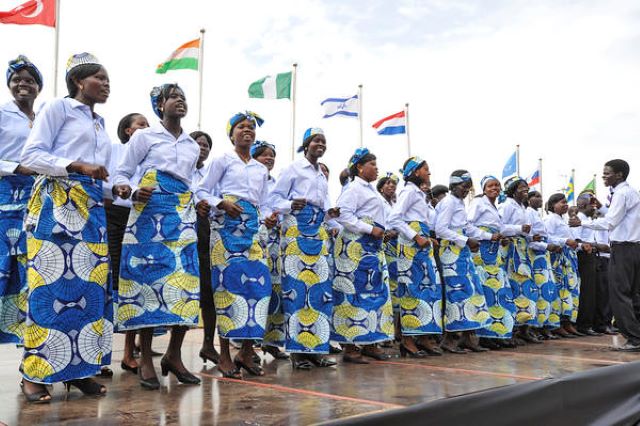 Since the beginning of the Sudanese civil war in 1983 that split the north from the south, the conflict in South Sudan has cost thousands of civilian lives and fractured the society in the region. The fallout from the civil war led to tribal conflict that is still ongoing and oftentimes the victims of these “total wars” are women. For this reason,
Since the beginning of the Sudanese civil war in 1983 that split the north from the south, the conflict in South Sudan has cost thousands of civilian lives and fractured the society in the region. The fallout from the civil war led to tribal conflict that is still ongoing and oftentimes the victims of these “total wars” are women. For this reason, 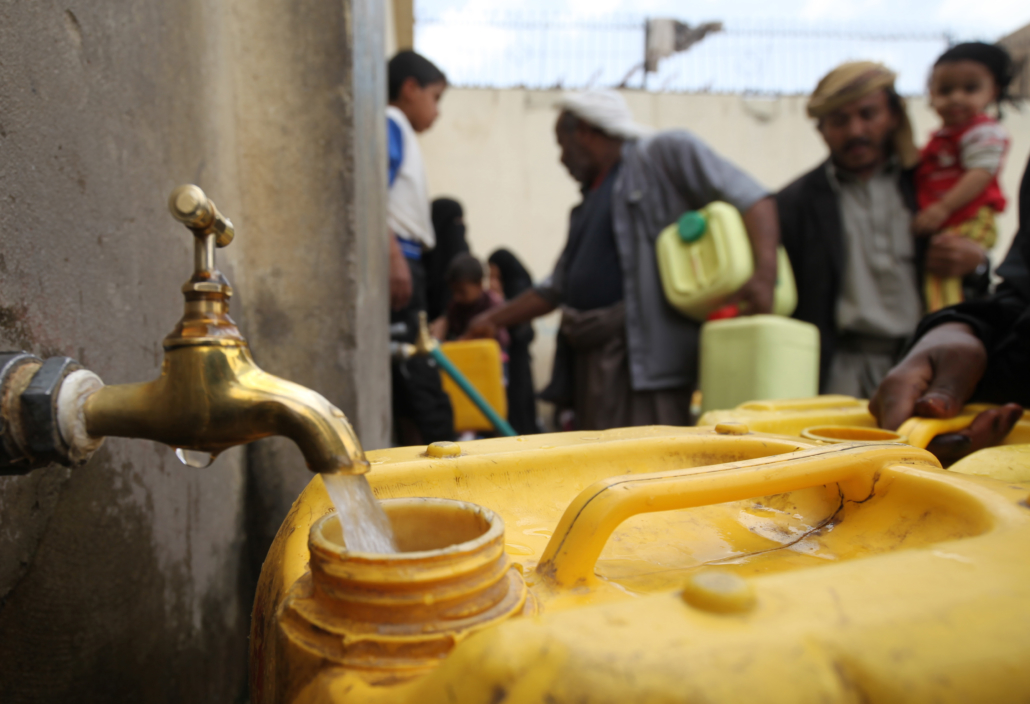
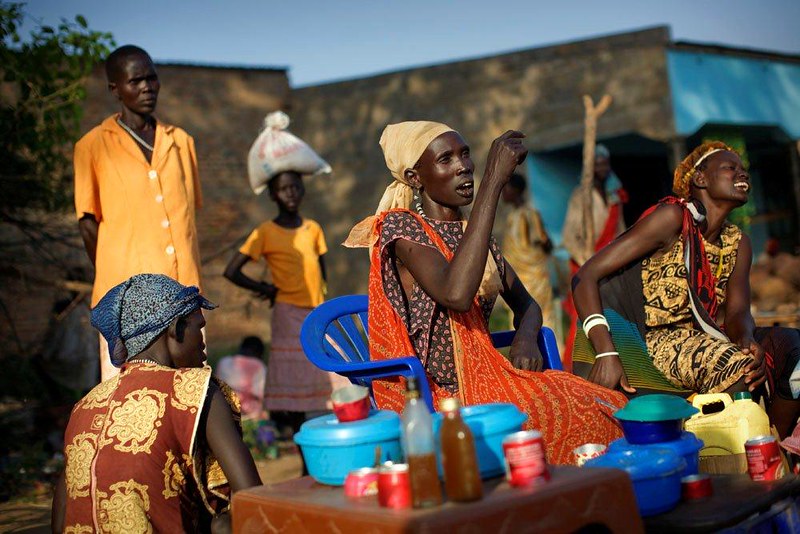

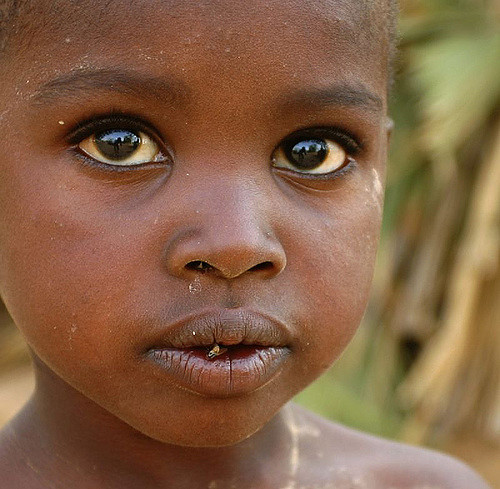 Niger made American and world news recently for the ambush that killed four
Niger made American and world news recently for the ambush that killed four 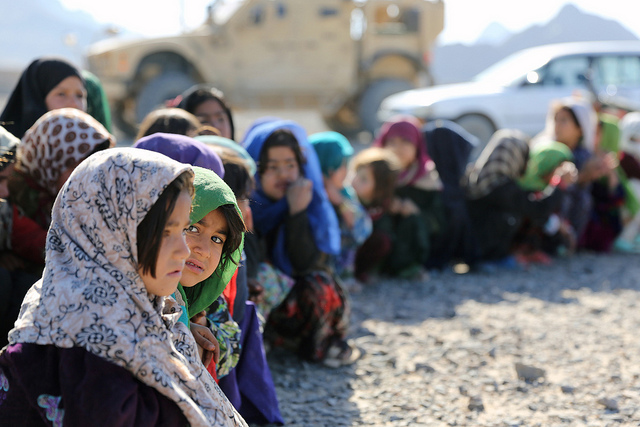 Four major socioeconomic factors correlate significantly with the cultivation of extremism in developing nations: youth unemployment, militarization, levels of criminality, access to weapons and corruption.
Four major socioeconomic factors correlate significantly with the cultivation of extremism in developing nations: youth unemployment, militarization, levels of criminality, access to weapons and corruption.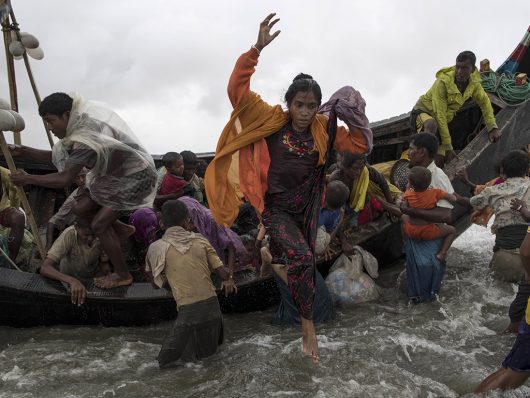 As the world has begun to pay more attention to the refugee crisis concerning Rohingya Muslims in Myanmar, the problem with State Chancellor Aung San Suu Kyi’s response—or lack thereof—has come under scrutiny.
As the world has begun to pay more attention to the refugee crisis concerning Rohingya Muslims in Myanmar, the problem with State Chancellor Aung San Suu Kyi’s response—or lack thereof—has come under scrutiny.